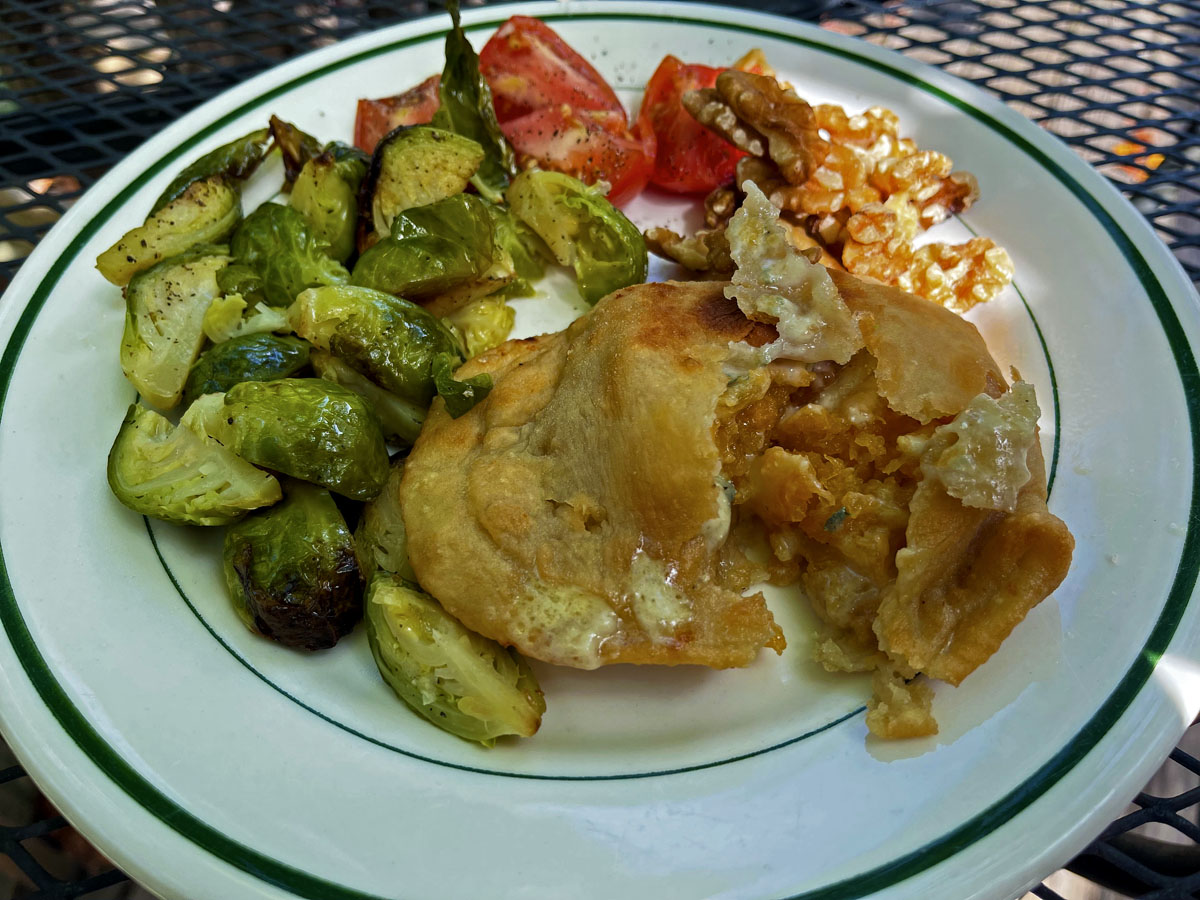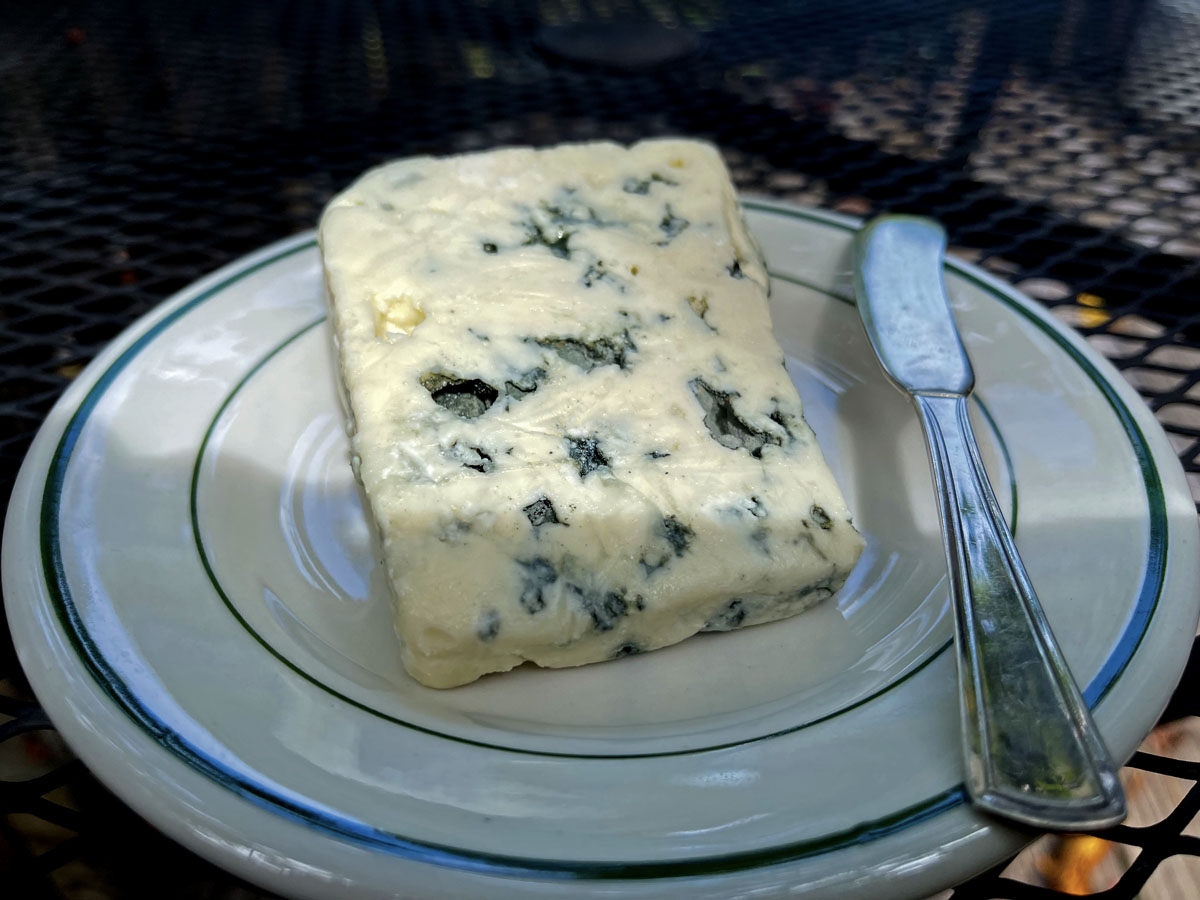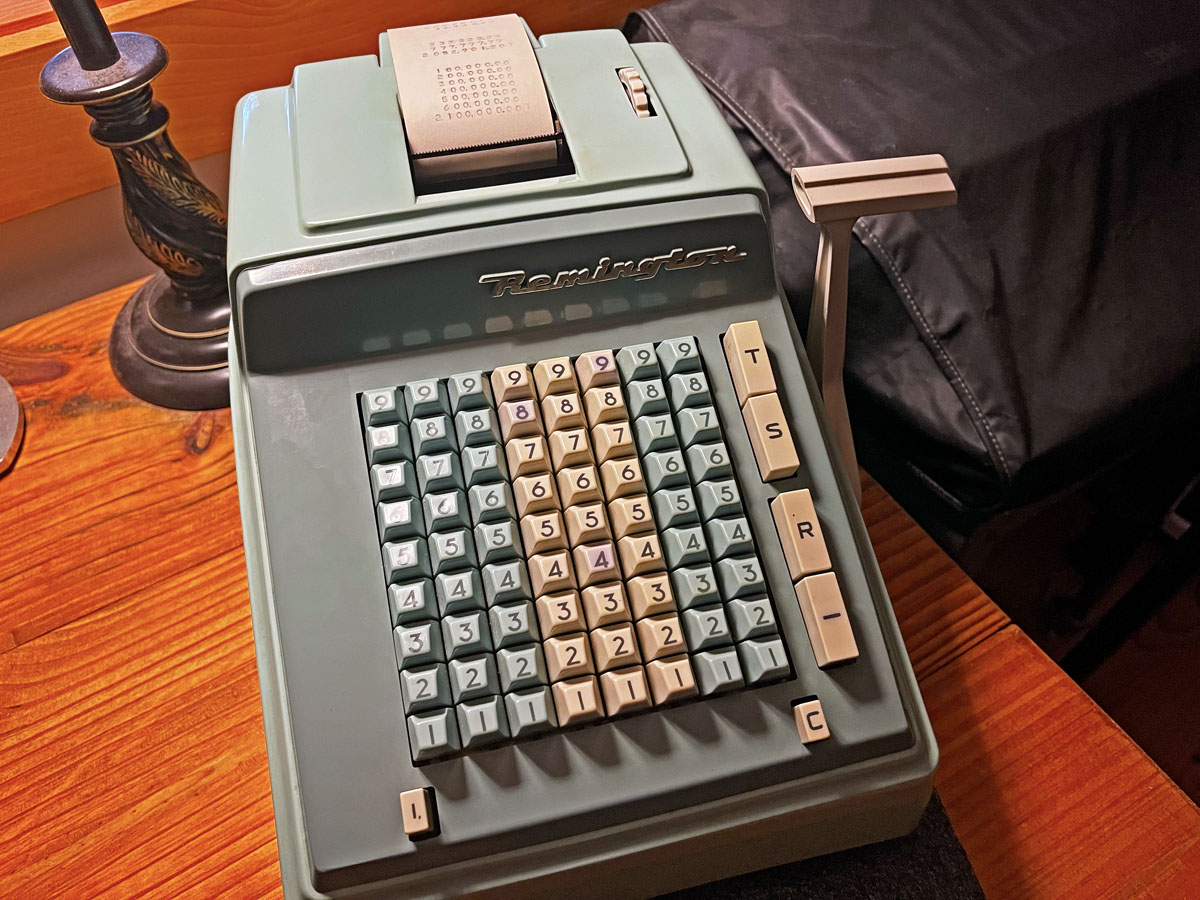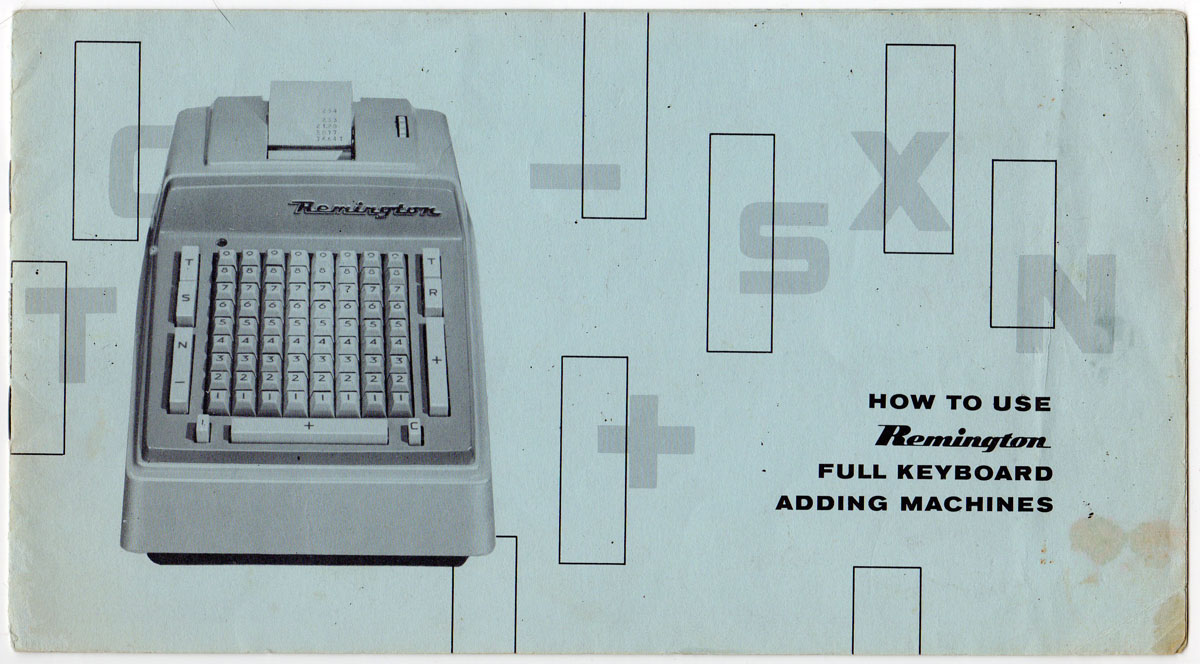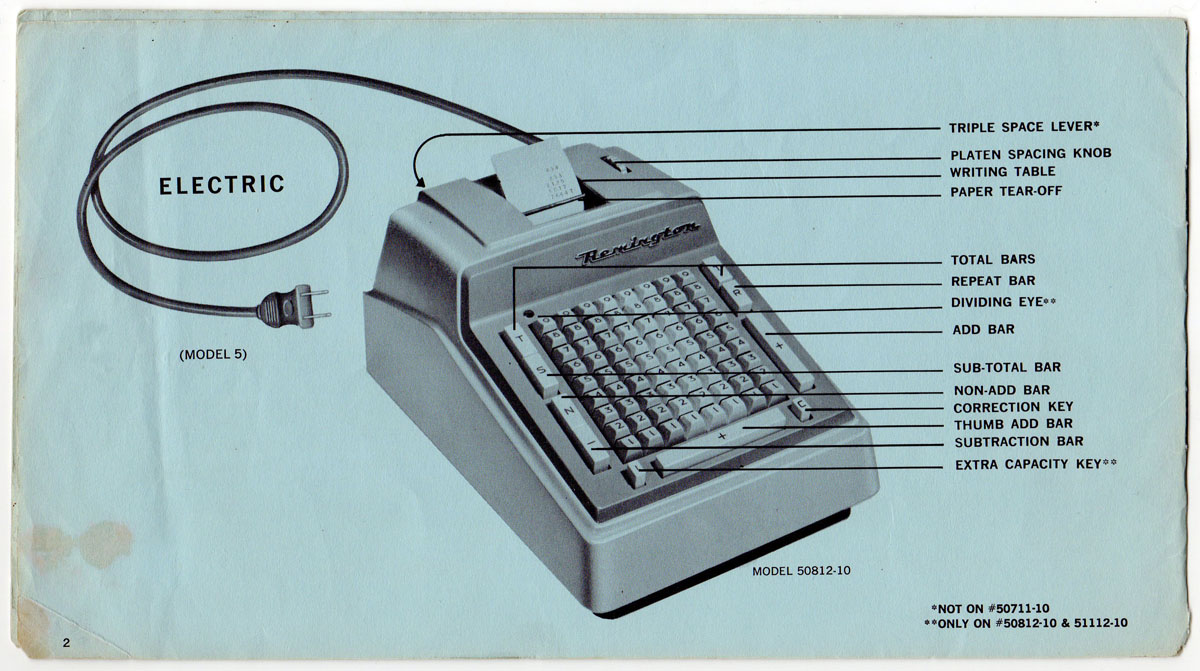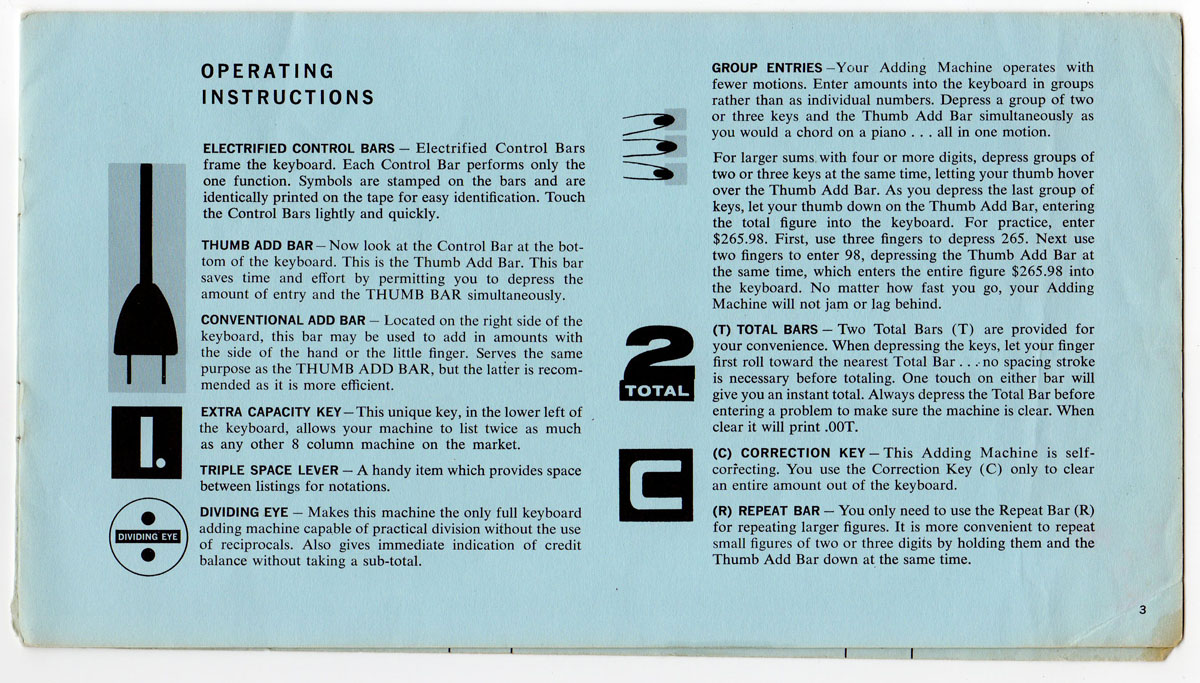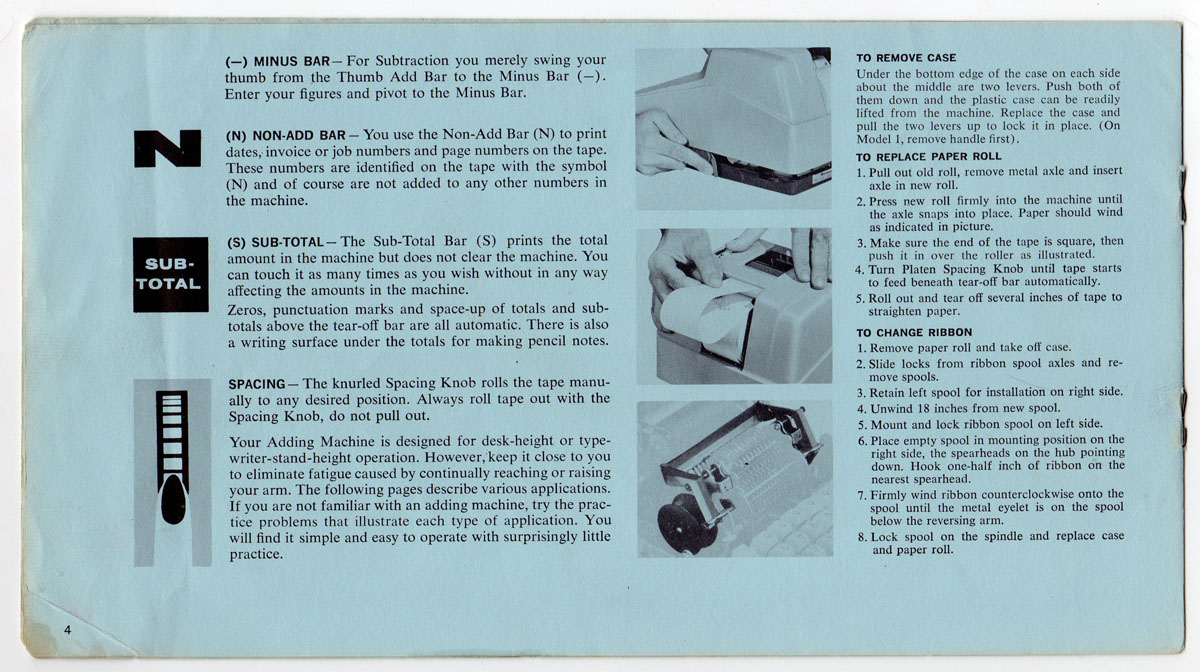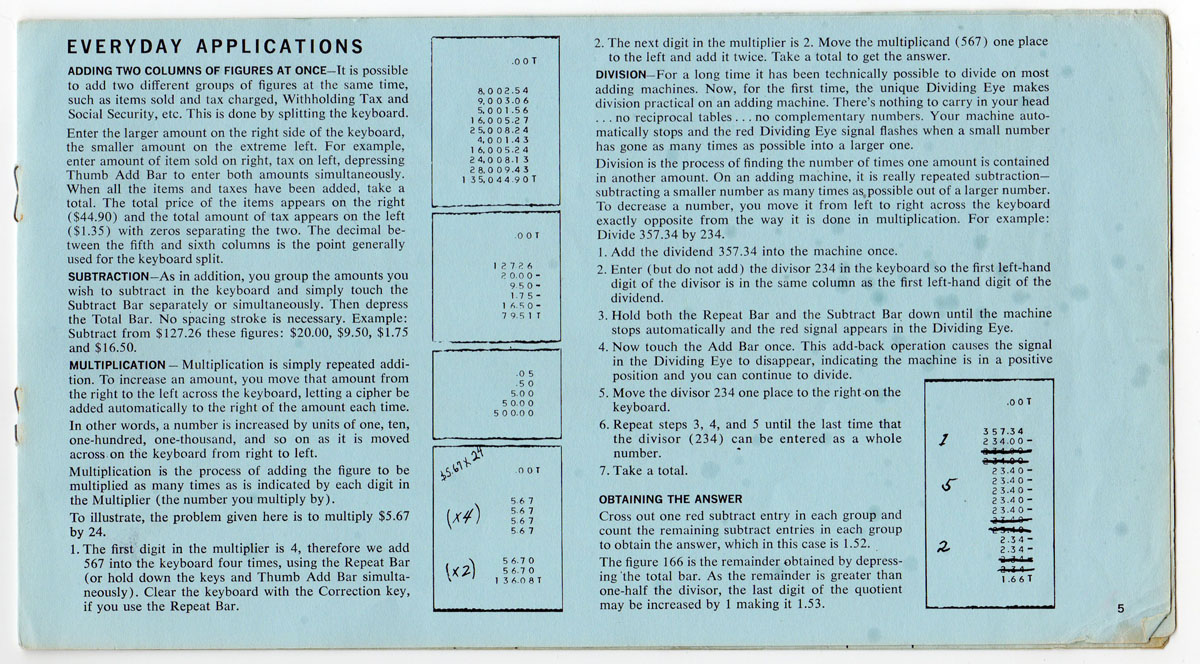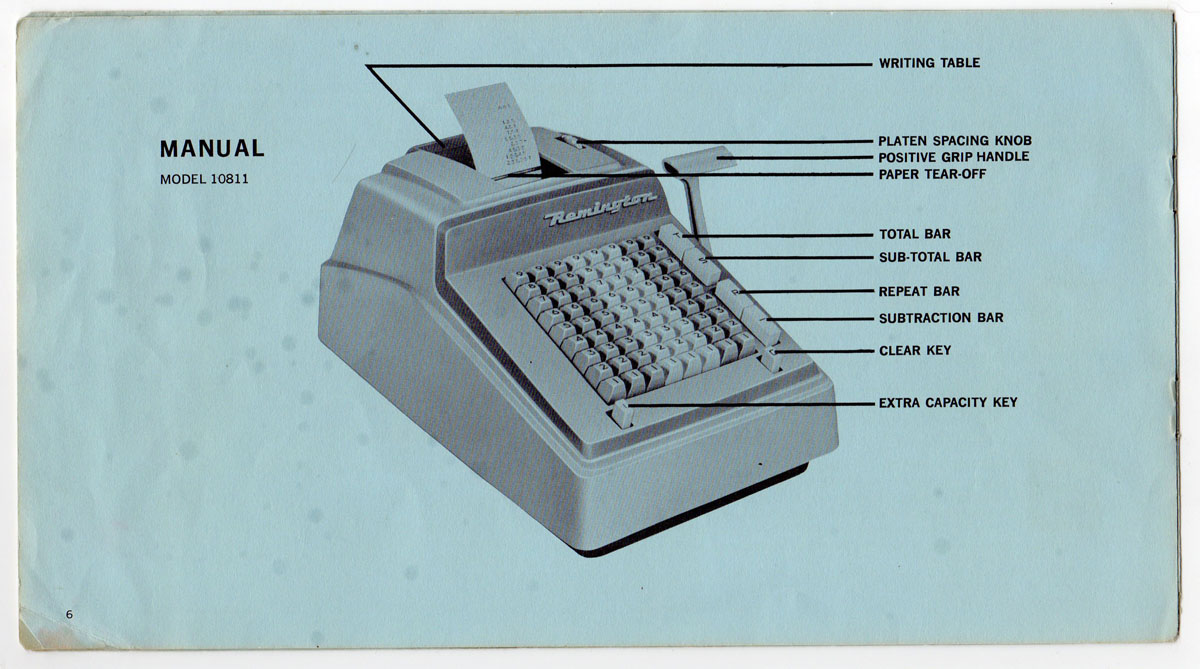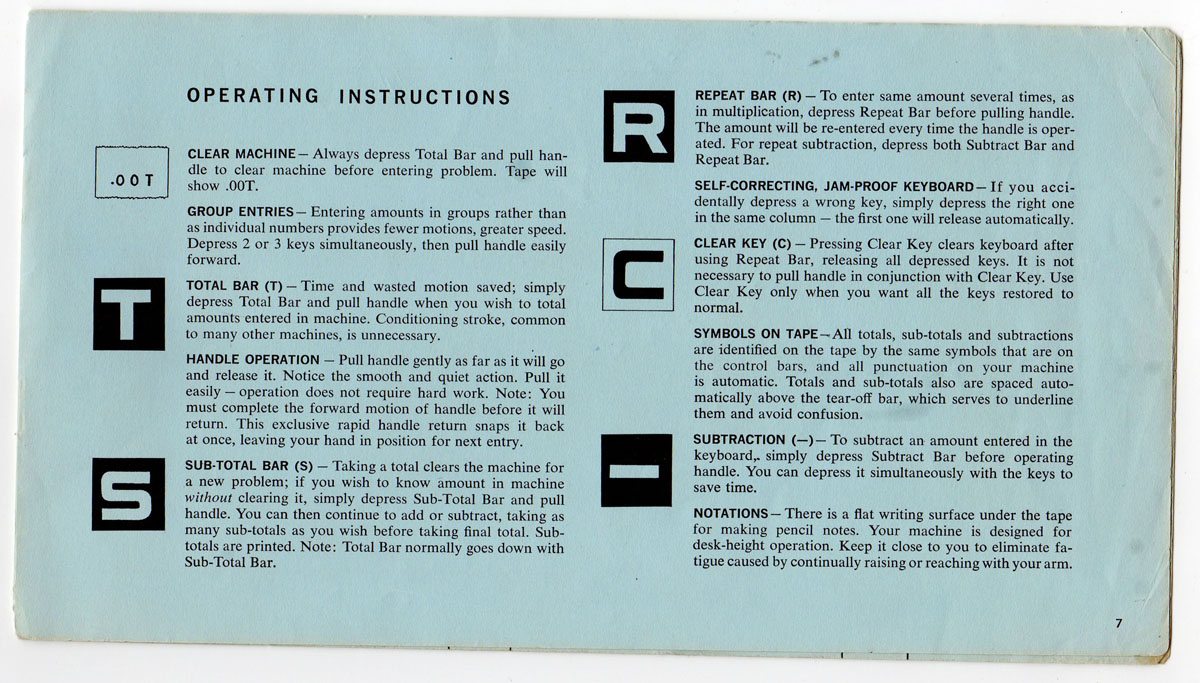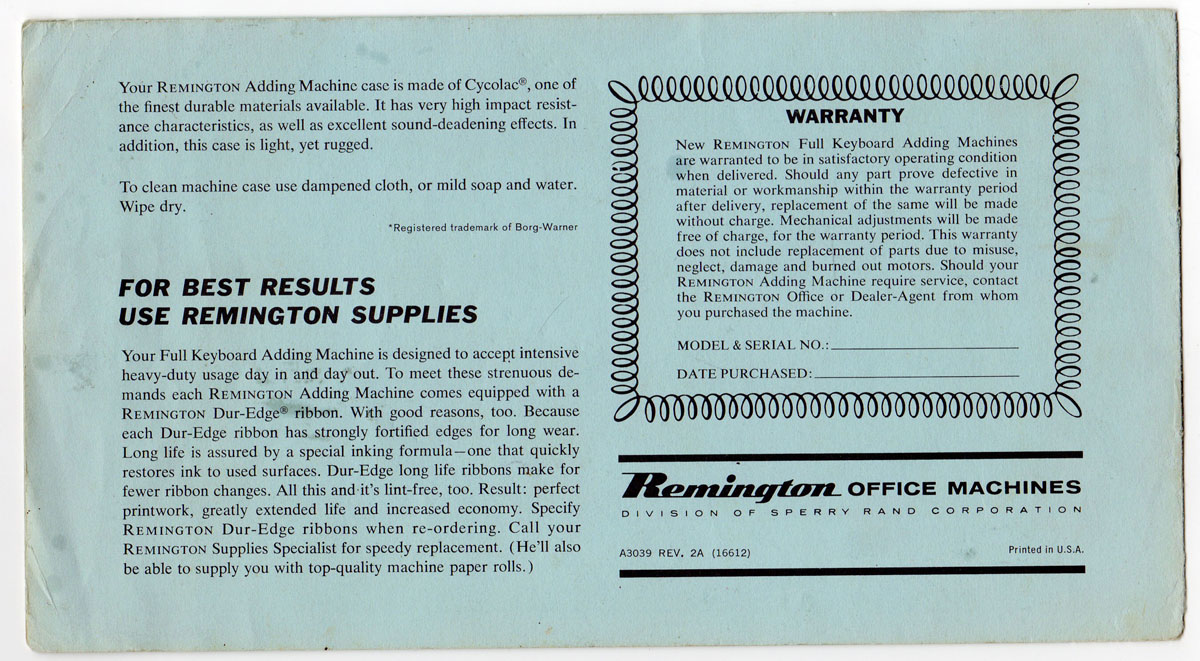
There are two versions of Apple News. The free version, called just “Apple News,” is on all Macintosh computers, iPads, and iPhones. The subscription version, called “Apple News+”, costs $9.99 a month.
For some years, I had casually used the free version on my iPhone, because it often showed me things that I had missed on my daily rounds of a long list of newspapers, magazines, and web sites. After I upgraded to a new version of iOS, some ads appeared for the subscription version. I looked through the long list of publications that are available and immediately subscribed.
Getting news from Europe to Americans is just one example of how Apple News+ can expand our reading horizons. One of the reasons we Americans know too little about Europe (and the world, for that matter) is that American media (including the New York Times) don’t cover Europe well. For years, I had longed for access to the Times of London, but it was hard to justify the cost. Nor did I want yet another password to manage. A part of the hassle of managing subscriptions to paywalled publications is the aggravation of signing in. With the New York Times and Washington Post, I deal with that by always having a tab open to their “my account” pages. Subscriptions to the New York Times and Washington Post, by the way, are expensive and are not included in Apple News+. Part of the appeal and convenience of Apple News Plus is that you don’t have to sign in to read any of the publications you follow. That’s all handled through your Apple ID, so you’re always signed in to the publications you want to see.
Many times, I have been tempted to resubscribe to the Economist. But an Economist subscription costs about the same as the New York Times, and the sign-in problem was a big deterrent. Apple News+ lets you subscribe to the Economist through Apple News+ and pay for it monthly through Apple. With access to the Times of London and the Economist, suddenly I have new windows into Europe. Previously I had only the Guardian, the Irish Times, and the Herald of Scotland. (As far as I can tell, Der Spiegel’s English edition is not included in Apple News+.) The Times of London, by the way, seems to cover Scotland quite well.
Another newspaper that is included in Apple News+ is the Wall Street Journal, still a good newspaper in spite of its wingnut editorial department. Two North Carolina newspapers are included, the Charlotte Observer and the Raleigh News & Observer. Both those state newspapers are greatly diminished, but they’re all we’ve got for state coverage.
Magazines include Scientific American, the New Yorker, Wired, the Atlantic, and MacWorld. There is a long list of niche magazines, to which I subscribed to only one lest I be overwhelmed by niche magazines. That exception was Octane, a niche magazine about classic cars.
Some people like reading on their phones. I do not, even though I have a large iPhone 12. It’s on a big iMac screen that Apple News+ excels. The presentation is often just as good as a publication’s web site. There are some ads, but they’re not terribly intrusive.
In short, for news junkies and those who make a serious effort to keep up with the world’s news sources, Apple News+ is both a bargain and a convenient way of centralizing lots of sources.
One thing is missing. Much of what we need to know is to be found in papers from academics and think tanks. That stuff has been privatized. It is very hard to get and also very expensive, unless one has access through a university’s accounts. It’s a cartel that needs to be broken. There is a movement crusading for open access publishing in academia. Apple probably could break that cartel if they wanted to.
As for newspapers and magazines, much has changed. The Times of London today is nothing like the old gray lady it was when I first bought copies of it in London in the 1980s. Many publications still exist but have gone to hell in a basket — Newsweek, for example. Fox News is in Apple News+, making an ax-grinding fool of itself as always. Wired, though provocative, seems to be just as wrongheaded as it always was. The Atlantic’s print version maintains a high standard, but their web site indulges in clickbait. Fox News notwithstanding, and though there is plenty of fluff, Apple News+ seems to have steered away from fringe publications on both the right and the left, as though the word came down from on high at Apple that their mission is to be informative, not provocative. Imagine that.
Here is Apple’s complete list of publications.




